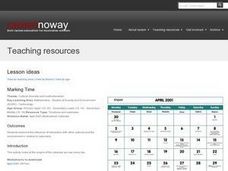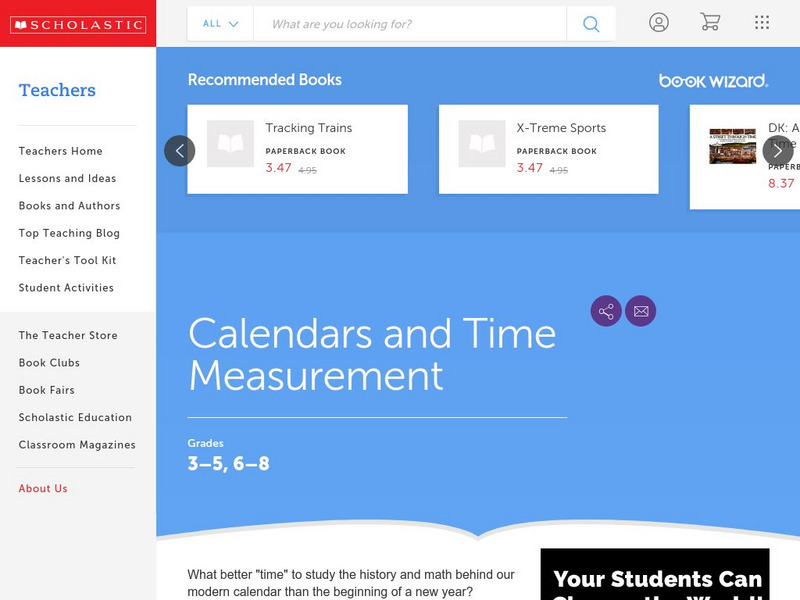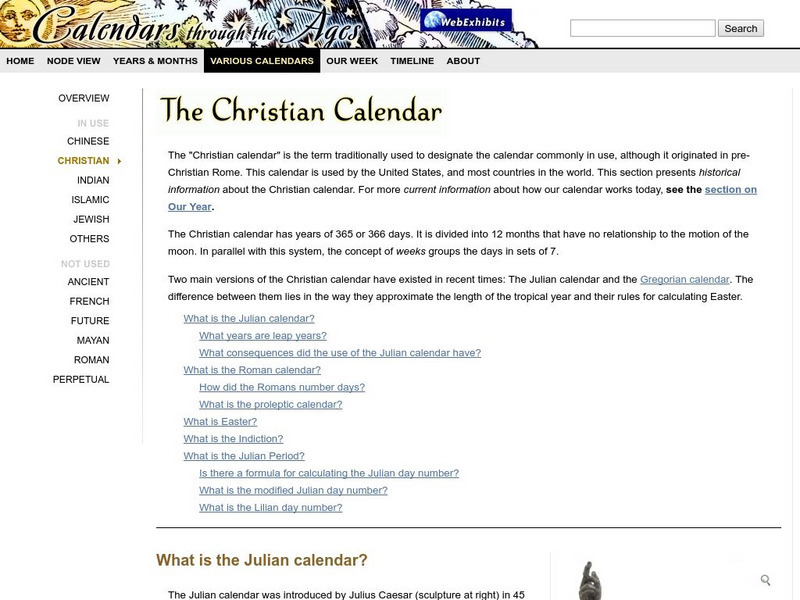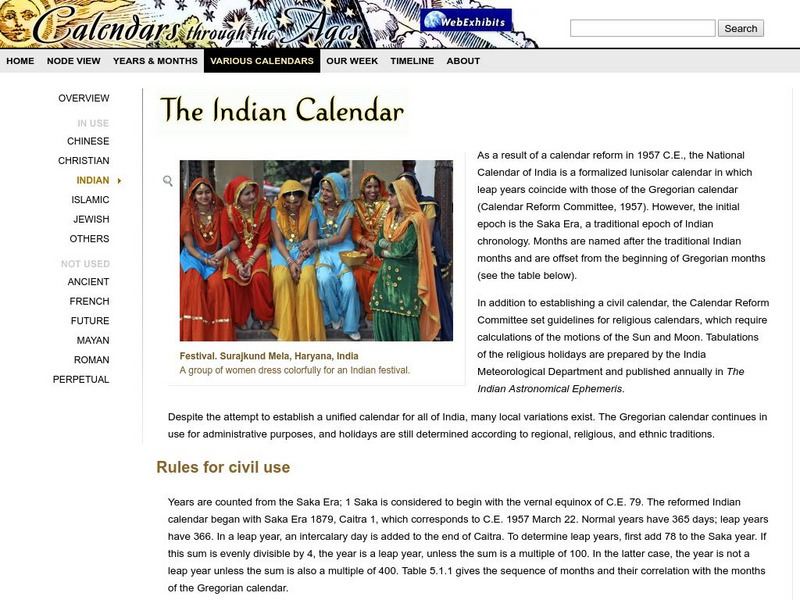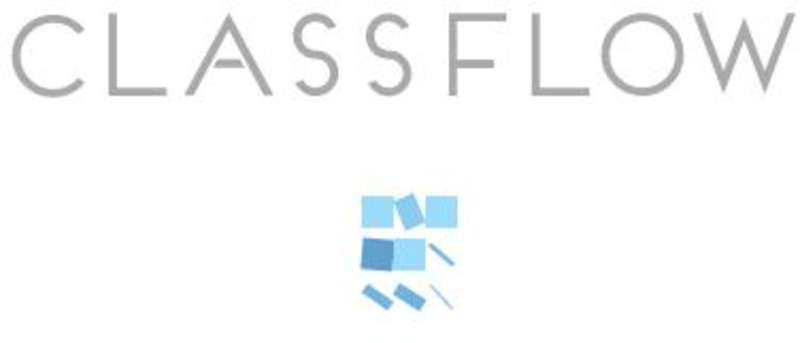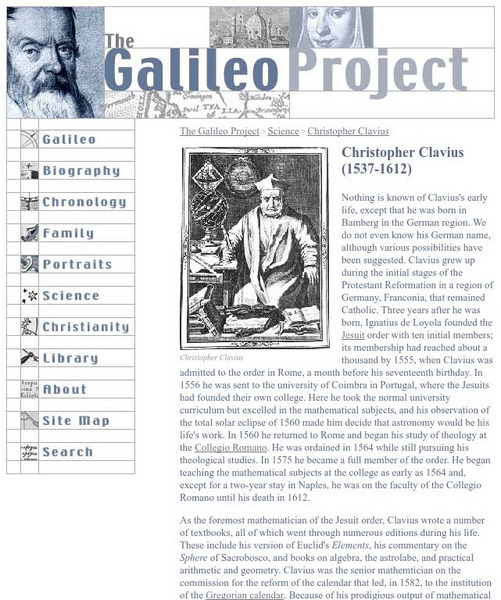Concord Consortium
Leap Years and Calendars
How many birthdays do leap year babies have in a lifetime? Learners explore the question among others in a lesson focused on different calendar systems. Given explanations of the Julian, Gregorian, and Martian calendars, individuals use...
Curated OER
Time and Timetables
In this recognizing time and timetables worksheet, learners compare Julian and Gregorian calendars, determine leap years, and apply the formula for finding the day of week and Easter day for any year. Students solve 20 problems.
Illustrative Mathematics
Comparing Years
Who knew that the Egyptian, Julian, and Gregorian year were different lengths? Your mathematicians will! They will have to calculate the difference between the years in seconds and find the percent change. Using dimensional analysis,...
Curated OER
Calculating the Date of Easter
In this calculating the date of Easter instructional activity, students use the flowchart to enter a year and complete the mathematical calculations to determine the date of Easter in any year.
Curated OER
Participants are challenged to create several different sorting groups for the set of images.
Learners examine the influence of interaction with other cultures and the environment in relation to calendars. They also look at the origins of the calendar we use every day.
Curated OER
Math-- "What Is the Day Today?"--Measurements of Time
In this measurement of time worksheet, students read a one page information text about measuring time and the origin of the calendar. Students answer 20 questions in which the days and months are listed in order.
Curated OER
The Achievements and Challenges of Guatemala
Students research the Mayan number and calendar system. They translate a variety of math problems from base-10 Arabic numbers into a base-20 Mayan representation. They discuss current challenges faced by the people in today's Guatemala.
Curated OER
The Sled Problem
In this algebra worksheet, students try to figure out if a sled being auctioned is real or fake with the carvings of G. Washington on it. There is an answer key.
Curated OER
Measurement and Estimation
Students gain an understanding of time. For this time lesson, students work together to recognize the difference between yesterday, today, and tomorrow, As well as months, hours, minutes, and seconds. Students brainstorm ideas of ways...
Scholastic
Scholastic Internet Field Trip: Calendars & Time Measure
Study the math and history involved in the development of the 12 month calendar. There are lots of links to informative time and calendar websites to assist you.
Institute for Dynamic Educational Advancement
Web Exhibit: The Christian (Julian) Calendar
This website gives very detailed information about all aspects of the Christian (Julian) calendar.
Institute for Dynamic Educational Advancement
Web Exhibit: The Indian Calendar
This website gives very detailed information about all aspects of the Indian calendar.
NumberNut
Number Nut: Calendar Origins
History and mathematics merge in this lesson that explores the origin of the calendar. Learn how it all got started in this detailed lesson that includes a simple months of the year game and a more challenging time conversion game. Both...
ClassFlow
Class Flow: Calendar
[Free Registration/Login Required] The history of our calendar is presented through the passage of time with complete cycles of seasons in ancient history providing a starting place. Complete cycles of seasons are discussed and the...
Rice University
Galileo Project: Christopher Clavius
This site from The Galileo Project of the Rice University provides a biography of Clavius including an excerpt from his writings. A picture is provided in this article along with links to additional information.
Institute for Dynamic Educational Advancement
Our Year
The concept of a year in time and the various kinds of year used in human timekeeping are discussed.






